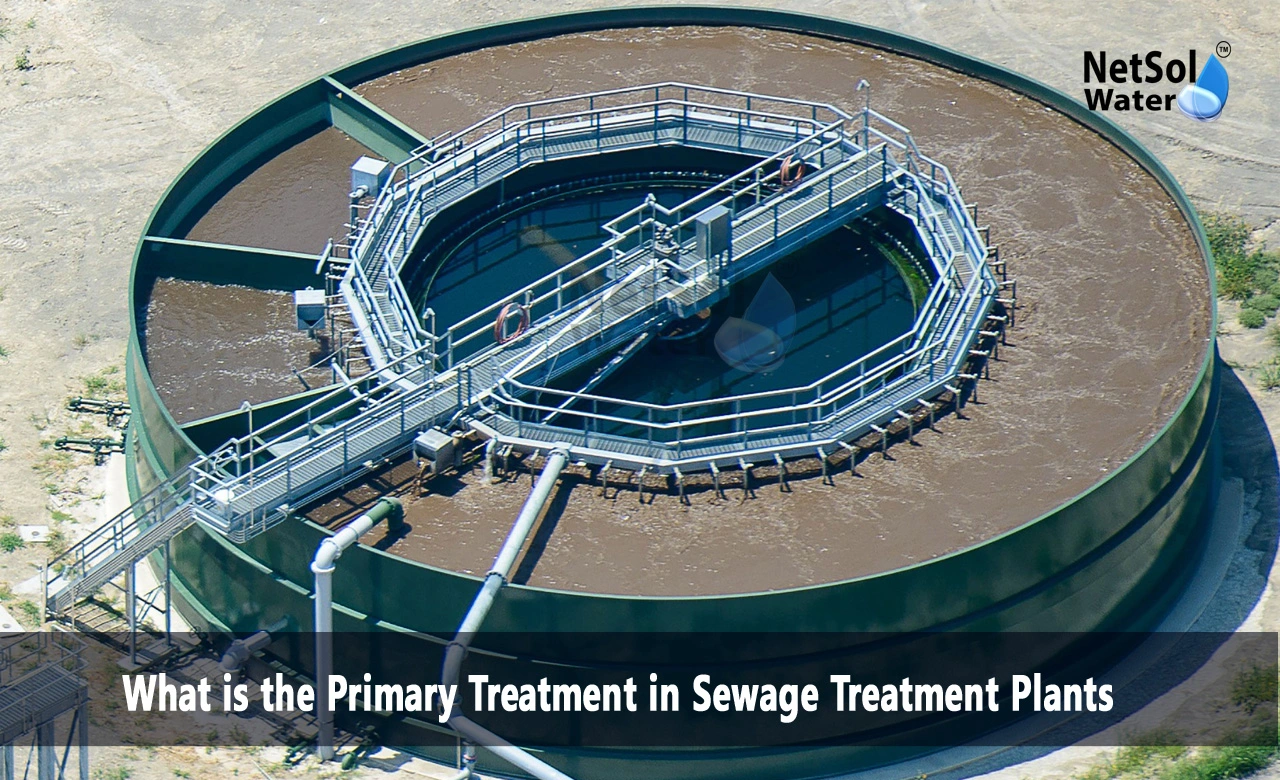What is the Primary Treatment in Sewage Treatment Plants?
Sewage treatment plants are essential for maintaining a clean and safe environment by managing wastewater effectively. Among the critical stages of this process is primary treatment, which acts as the first line of defense against harmful pollutants. Primary treatment focuses on removing large solids and some organic matter from wastewater to make it safer for further processing.
Beyond treating household wastewater, sewage treatment plants also handle industrial and commercial effluents, underscoring their crucial role in environmental protection. These facilities employ various treatment methods to ensure that contaminants are removed, meeting regulatory standards for wastewater discharge.
We’ll explore the significance of primary treatment in sewage treatment plants, explaining its importance and processes in straightforward terms.
Understanding Primary Treatment
Primary treatment in sewage plants acts as the initial purification step, primarily focusing on the removal of large solids and some organic matter from wastewater. It involves processes like screening, sedimentation, and skimming to achieve this goal. Through primary treatment, sewage plants ensure that wastewater becomes more manageable and safer for further treatment. This process plays a crucial role in protecting public health and the environment by reducing pollutant loads in wastewater before its eventual discharge or reuse.
The Importance of Primary Treatment
The wastewater that sewage treatment plants receive contains a diverse range of pollutants, including human waste, oils, and chemicals. Without proper treatment, these pollutants can cause harm to aquatic life, contaminate drinking water sources, and pose health risks to humans. Primary treatment plays a crucial role in mitigating these risks by removing large solids and some organic matter, making the wastewater easier and safer to treat in subsequent stages.
Processes Involved in Primary Treatment
Screening: Wastewater enters the treatment plant and passes through screens or bars that catch large objects like sticks, rags, and plastics. These screenings are then removed and disposed of properly.
Sedimentation: After screening, the wastewater flows into large tanks where it settles for a period of time. During this time, heavy solids sink to the bottom of the tanks, forming a sludge layer, while lighter materials float to the surface, forming a scum layer. The relatively clearer water in between is collected for further treatment.
Skimming and Scraping: The scum layer on the surface and the sludge layer at the bottom are skimmed and scraped off respectively to further remove solid contaminants from the wastewater.
Sludge Treatment: The collected sludge undergoes additional treatment processes to reduce its volume and make it safer for disposal or reuse. This may involve digestion, dewatering, or conversion into biogas for energy production.
Benefits of Primary Treatment
Removal of Solids: Primary treatment prevents clogging of pipes and pumps by removing large solids from the wastewater.
Reduced Pollution: By removing a significant portion of organic matter and suspended solids, primary treatment reduces the pollutant load in the wastewater, minimizing its environmental impact.
Cost-Efficiency: Primary treatment is relatively simple and cost-effective compared to later treatment stages, making it essential for sewage treatment plants, especially in resource-constrained areas.
Protection of Public Health: By removing harmful contaminants from wastewater, primary treatment helps prevent the spread of diseases and ensures that water sources remain safe for various uses.
Challenges and Limitations
Although primary treatment effectively removes large solids and some organic matter from wastewater, it doesn't get rid of all pollutants, especially dissolved ones. These dissolved pollutants need additional treatment methods for complete removal.
Furthermore, some primary treatment processes use energy, which adds to the overall energy use of sewage treatment plants. This energy is necessary for tasks like sedimentation and sludge treatment, but it also raises concerns about environmental impact.
Moreover, the equipment needed for primary treatment, like sedimentation tanks, takes up a lot of space in sewage treatment plants. This can be a problem, especially in cities where space is limited. So, finding ways to make the most of the available space while ensuring effective primary treatment is essential for urban sewage treatment plants.
Conclusion
Primary treatment acts as the base of sewage treatment plants, playing a crucial role in getting rid of solid contaminants and lowering the amount of bad stuff in wastewater. By removing big solid items and some organic materials, primary treatment prepares wastewater for further cleaning. This ensures that it can be safely released into the environment or reused for various purposes. Despite its limitations, investing in effective primary treatment infrastructure is essential for creating sustainable sewage treatment plants that safeguard public health and the environment.
Do you need an advice or assistance on selecting the best water and waste water treatment unit? We have solutions for all your problems!
Let us now your problem, our experts will make sure that it goes away.
For an assistance or related query,
Call on +91-965-060-8473 Or write us at enquiry@netsolwater.com



